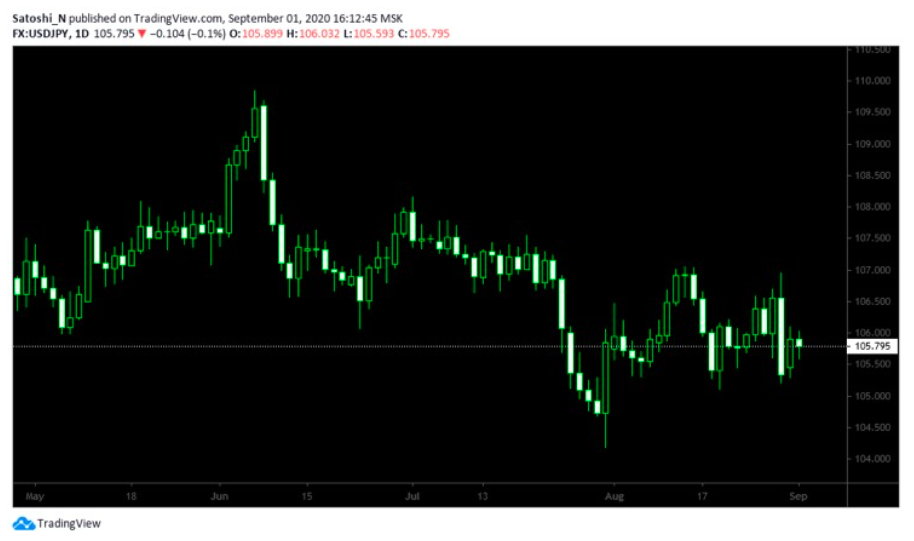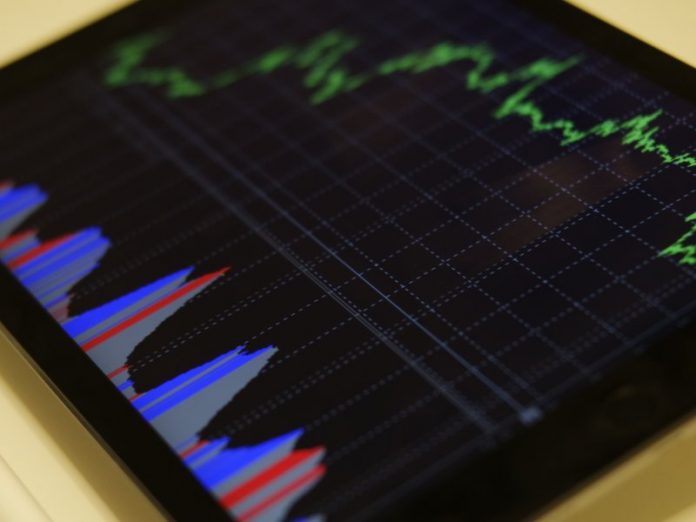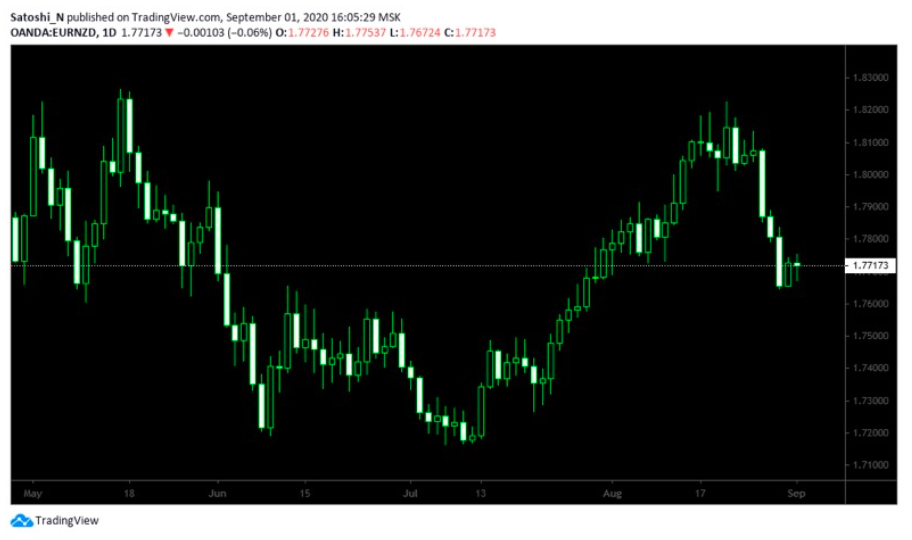Lot and leverage are the terms that all traders, whether beginner or professional, should familiarize themselves with. In this article, we examine the two concepts into detail, i.e., explain to you what lot and leverage are and the types of lot sizes.
Lot Size and Leverage Explained
A lot is a predefined number of units of a trading instrument that you buy or sell when you enter a trade. To better understand the term, picture this: a million traders from different parts of the world want to buy a particular financial instrument.
You would need to standardize the orders so that it is feasible to fulfill a million buy requests. In forex, lots are used to standardize units of a buy or sell order. 100,000 units of the base currency are referred to as a standard lot. Other lot sizes include mini lots, micro lots, and nano lots.
Types of Forex Lots
To help you understand the terminology, let’s go over the main types of forex lots:
- Standard lots: in forex, a standard lot means 100,000 units. If your trading account balance is USD 100,000, it means you can buy or sell one standard lot. The same would apply when using other currencies. Standard lots are mostly traded by experienced forex traders with huge account balances.
- Mini lots: This type refers to lots of 10,000 units. If you’re operating in US dollars, a one pip move in a mini contract translates into a $1 profit or loss. If you positively trade a US pair that moves 100 pip in a day, that means $100 in profit.
- Micro lots: this refers to 1,000 units, which equates $0.10 per pip movement. Micro lots were the most common account types that forex brokers offered beginner traders before introducing nano lots. With micro lots type of accounts, most brokers targeted traders depositing $200 to $500.
- Nano lots: this is the least forex lot currently offered by brokers. This allows users to trade in 100 units of their account currency. With nano lots, a pip movement represents a $0.01 cent change. Ideally, nano lots are offered by brokers targeting players depositing $25.
Calculating Pip Value Using Forex Lot Size
In the below demonstration, we are going to make calculations for the account with USD and EUR assuming different lot sizes.
Example 1: Trade USD/JPY

If you trade the EUR/USD at the spot price shown in the image – 105.975, below are the calculations of the pip value.
Price: 105.795
1 pip value: (0.01 / 105.795) = $0.0000945
1 pip value for forex standard lot size: $0.0000945 × 100,000 units = $9.45
1 pip value for forex micro lot size: $0.0000897 × 1,000 units = $0.0945
Example 2: Trade EUR/NZD
If USD is not the base currency:
If you trade the EUR/NZD at the spot price shown in the image – 1.77173, below are the calculations of the pip value.
Price: 1.77173
1 pip value: (0.0001 / 1.7717) = €0.0000564
1 pip value for forex standard lot size: €0.0000945 × 100,000 units = €5.64
1 pip value for forex micro lot size: €0.0000897 × 1,000 units = €0.0564
Leverage
Leverage is a loan the forex broker advances to a trader to enable the trader to enter into a position that is above his trading balance. Let say you want to trade one lot in USD; hypothetically, it would mean that you would require 100,000 USD. But because forex brokers can advance to you a loan termed as leverage, you can now enter the trade with an account balance of 1,000 USD using 1:100 leverage.
With leverage, traders can control larger positions than their real account balances. Forex brokers offer leverage from as low as 1:25 to as high as 1:1,000. However, remember that leverage is a two-edged sword that could lead to an adverse drawdown to your account. But, if used moderately and with proper money management skills, it could be rewarding.
Conclusion
Understanding of forex lots and leverage is important to all traders as it can directly impact your trading performance. Forex lots and leverage affects the risk a trader assumes and, consequently, the returns a trader gets. Having a solid understanding of the two terms alongside other forex terms is an important requirement when trading. Plus, it will help you come up with a trading strategy.
Disclaimer: This article contains sponsored marketing content. It is intended for promotional purposes and should not be considered as an endorsement or recommendation by our website. Readers are encouraged to conduct their own research and exercise their own judgment before making any decisions based on the information provided in this article.



































